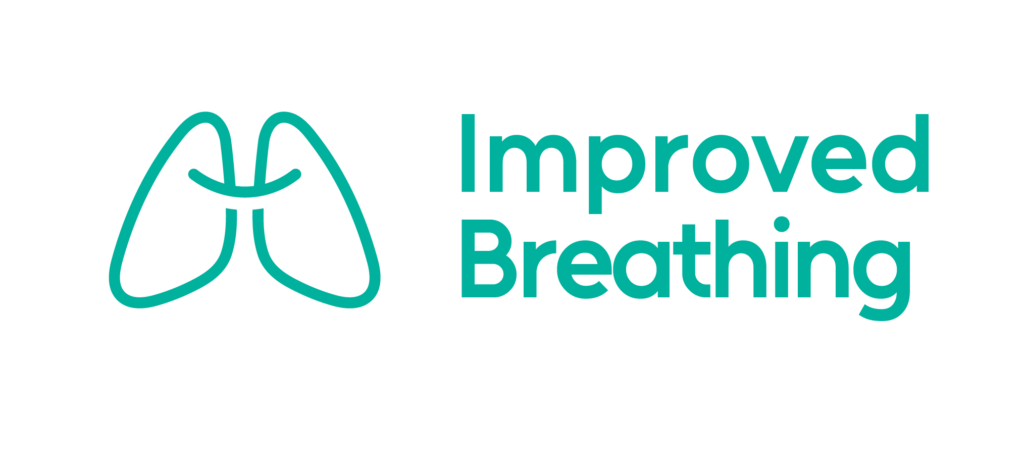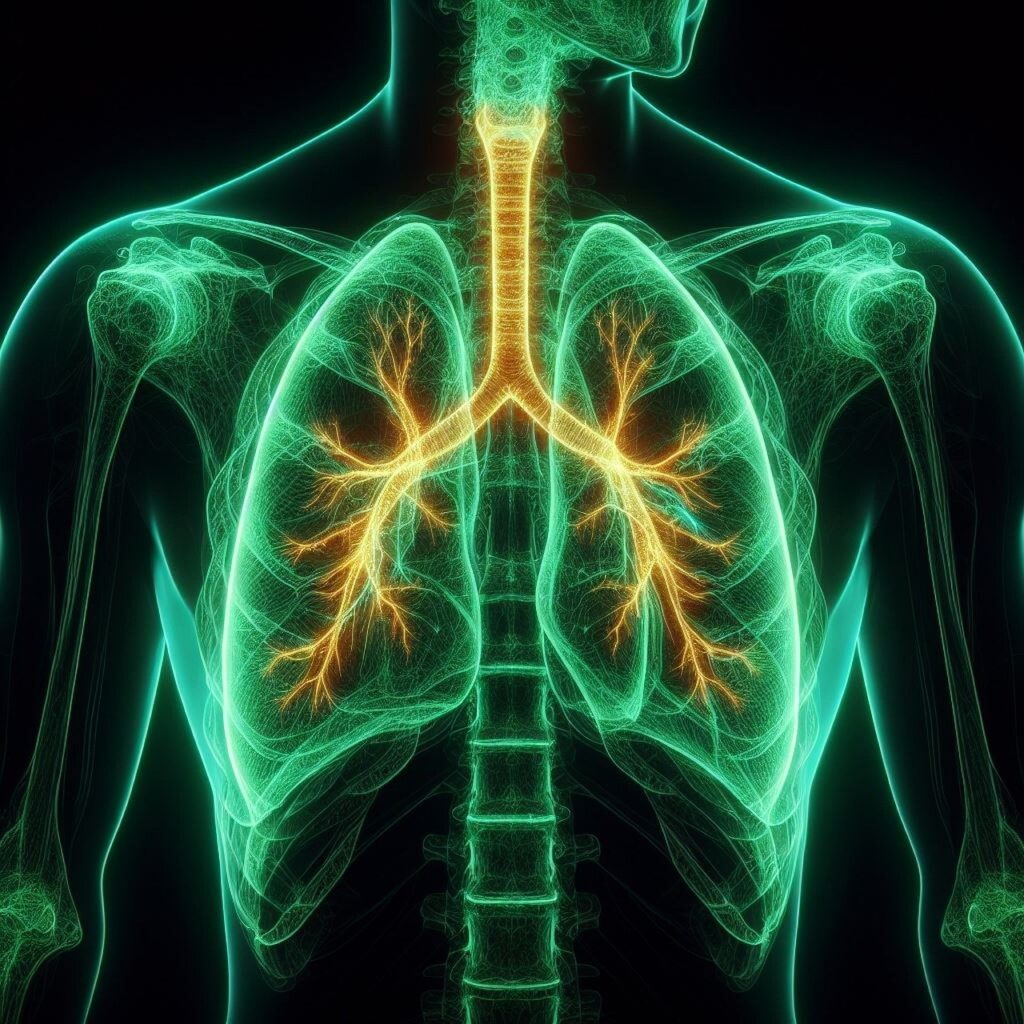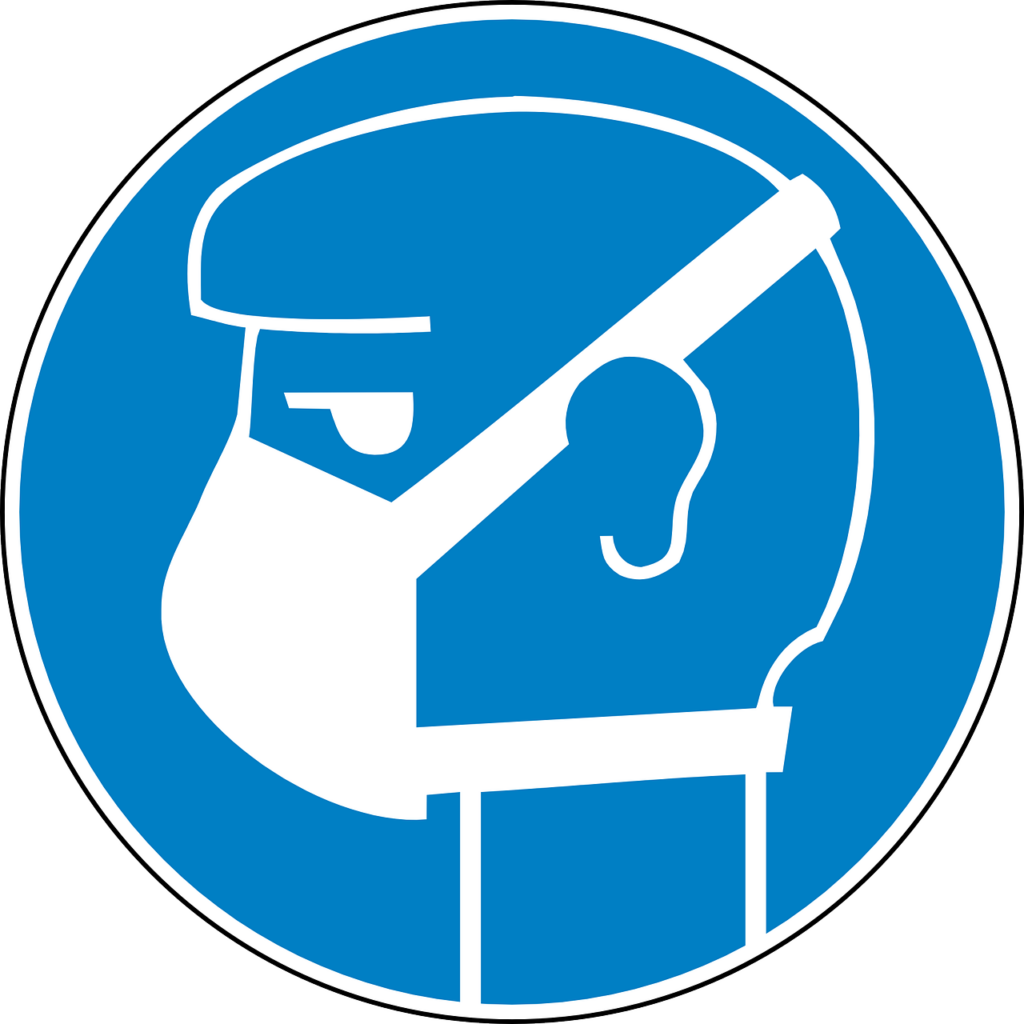If you’re living with a lung condition like COPD or emphysema and still smoking, quitting is one of the most important steps you can take to improve your health and quality of life. While it’s challenging, many former smokers with lung conditions have successfully quit. Here are some practical tips to help you on your journey to becoming smoke-free:
- Consult your healthcare provider: Your doctor can assess your current lung function and overall health to create a tailored quit plan. They might adjust your current medications or suggest additional treatments to manage your lung condition during the quitting process. They can also monitor your progress and provide ongoing support.
- Use nicotine replacement therapy (NRT): NRT provides controlled doses of nicotine without the harmful chemicals in cigarette smoke. Patches provide steady nicotine release, while gum or lozenges offer quick relief for sudden cravings. Inhalers might be particularly suitable for those with lung conditions as they mimic the hand-to-mouth action of smoking.
- Consider prescription medications: Medications like varenicline (Chantix) or bupropion (Zyban) can help reduce cravings and withdrawal symptoms. Varenicline works by blocking nicotine receptors in the brain, while bupropion affects brain chemicals related to cravings. Your doctor will consider potential interactions with your current medications and your lung condition.
- Develop a support network: Share your quit date with friends and family. Ask them for specific support, like checking in on you regularly or engaging in smoke-free activities together. Online forums or local support groups for people with lung conditions can provide understanding and practical advice from those facing similar challenges.
- Identify and avoid triggers: Common triggers include stress, alcohol, coffee, or specific social situations. Keep a journal to identify your personal triggers. Then, develop strategies like avoiding certain locations, changing your routine, or finding new ways to relax that don’t involve smoking.
- Practice stress management techniques: Deep breathing exercises (adapted for your lung capacity) can help manage stress and improve lung function. Progressive muscle relaxation, guided imagery, or mindfulness meditation can also be effective. These techniques not only help with quitting but can also aid in managing symptoms of lung conditions.
- Stay physically active: Even light exercise like short walks or gentle stretching can help reduce cravings and improve mood. Physical activity can also help clear mucus from your lungs and improve overall lung function. Work with a physiotherapist to develop a safe exercise plan tailored to your lung condition.
- Use distraction techniques: When cravings hit, engage in activities that occupy your hands and mind. This could include drawing, doing crossword puzzles, playing mobile games, or even household chores. The key is to redirect your focus until the craving passes.
- Celebrate milestones: Set small, achievable goals and reward yourself when you reach them. This could be staying smoke-free for a day, a week, or a month. Rewards could be anything from treating yourself to a movie to putting aside the money you’ve saved from not buying cigarettes for something special.
- Don’t get discouraged by setbacks: Slips are common in the quitting process. If you smoke a cigarette, don’t view it as a failure. Instead, analyze what led to the slip and use it as a learning experience to strengthen your quit plan. Recommit to your goal immediately.
- Consider gradual reduction: If cold turkey isn’t for you, try reducing the number of cigarettes you smoke each day. Set a schedule to decrease by a certain number each week until you reach zero. This method can help you adjust to lower nicotine levels gradually.
- Stay hydrated: Drinking water regularly can help flush nicotine and other toxins from your body. It can also help manage dry mouth, a common side effect of quitting. For those with lung conditions, staying well-hydrated can also help keep mucus thin and easier to clear from your lungs.
- Improve your diet: A balanced diet can help your body recover from years of smoking. Foods high in antioxidants, like fruits and vegetables, can help repair some smoking-related damage. Some foods, like dairy products, fruits, and vegetables, can make cigarettes taste less appealing, while others, like meat and caffeine, can enhance the flavor of tobacco and trigger cravings.
- Use technology: Smoking cessation apps can track your progress, calculate money saved, and provide motivation. Some apps offer personalized plans and connect you with support communities. Look for apps that are tailored to people with lung conditions for the most relevant advice and support.
Remember, quitting smoking is the single most effective way to slow the progression of COPD, emphysema, and other lung conditions. It’s never too late to quit, and the benefits begin almost immediately. Your lungs, heart, and overall health will thank you for taking this crucial step.














